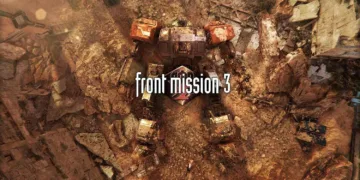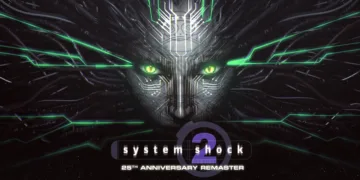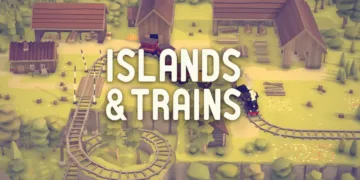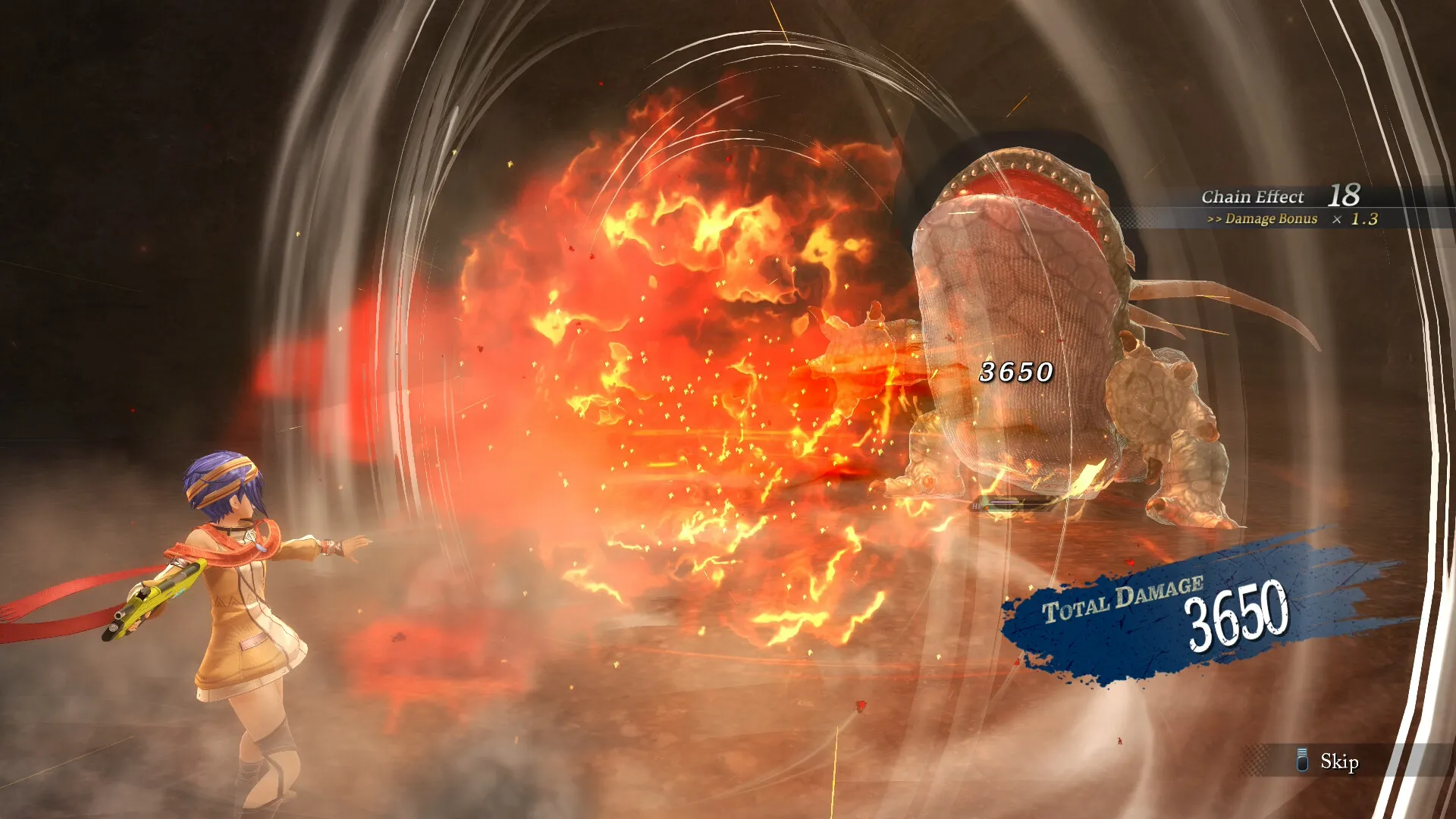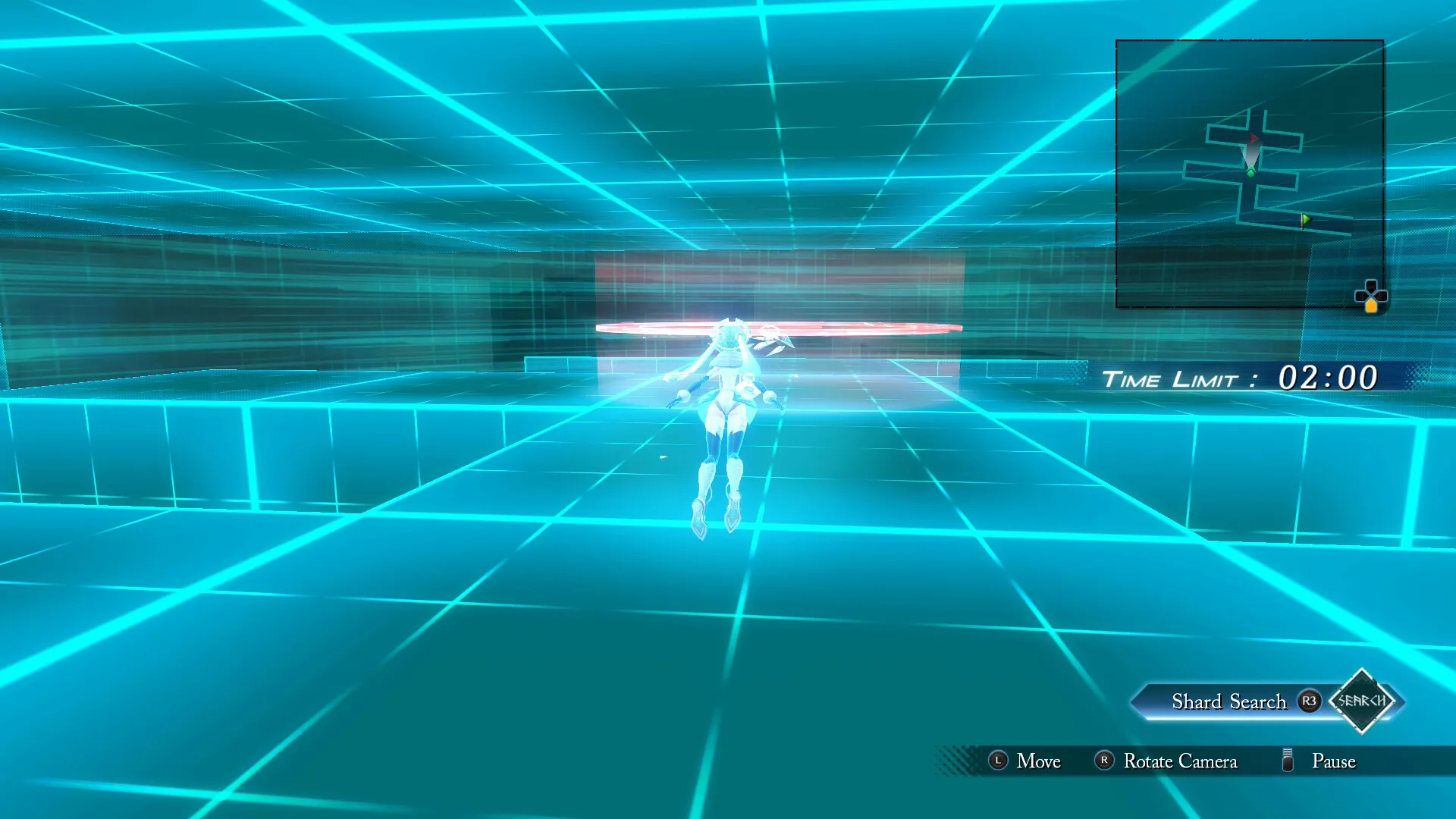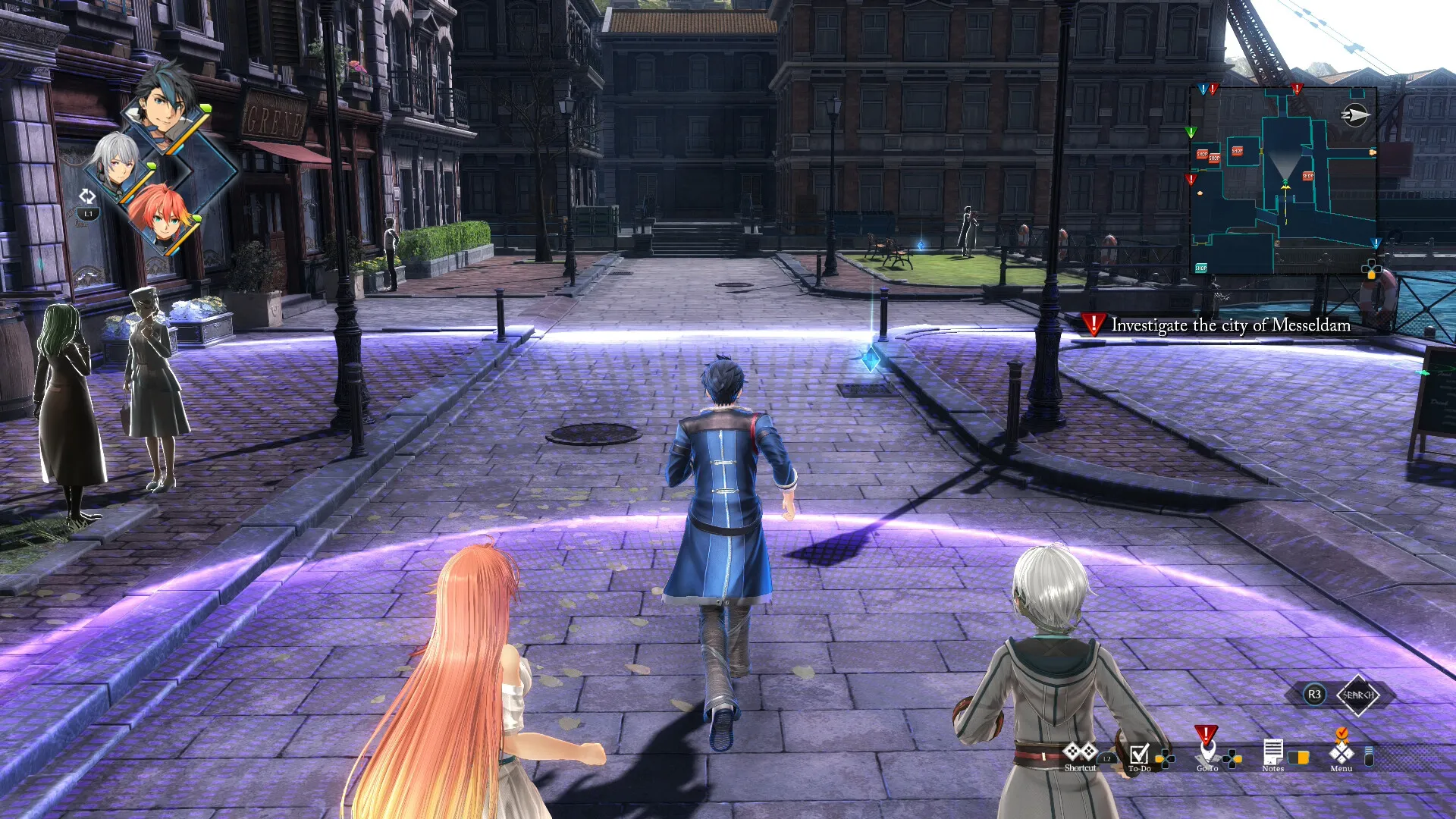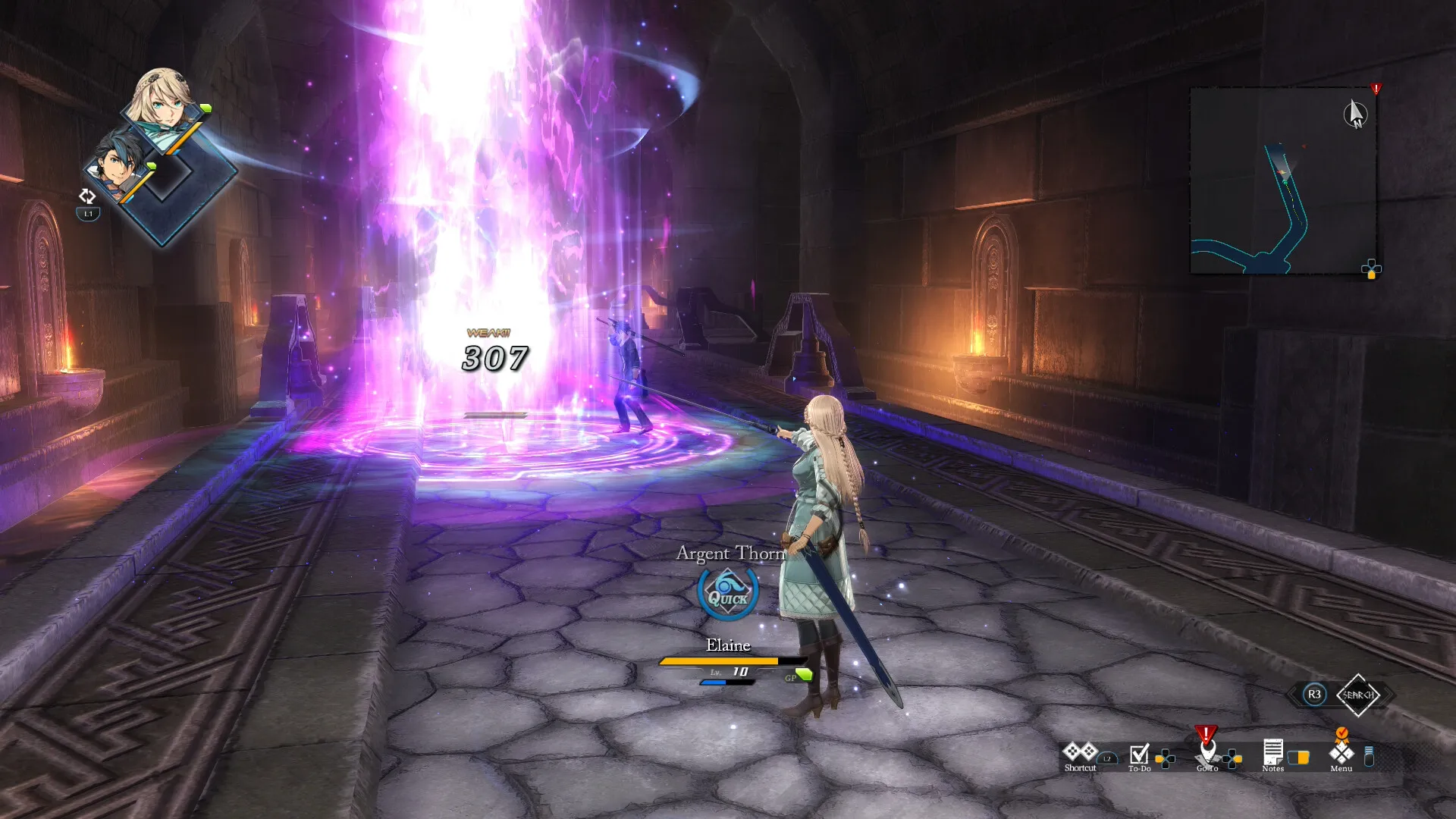Legend of Heroes stands as one of the main names in JRPG history. Over many years, the series has built a network of interlinked stories and recurring themes that offer deep narrative layers. Each game contributes segments of an extensive narrative that connects the lives and struggles of its characters with historical events that define the fictional world. The series has managed to maintain a consistent narrative approach that rewards careful attention to details and characters.
Trails Through Daybreak II follows its immediate predecessor within the Calvard storyline. This installment continues established events while bringing forward new character-focused developments. The game sets itself in a middle chapter, where familiar plot elements intertwine with fresh interpersonal moments.
Longtime followers will recognize references and elements that deepen the existing narrative, while newcomers benefit from built-in glossary tools and archives that provide necessary background information. This combination allows the game to serve dedicated fans and those encountering the series for the first time. This balance of intricate lore and accessible storytelling offers a clear view of how the game fits into its franchise’s history and presents engaging content for players at different levels of familiarity.
Inside the Mystery: Story and Narrative
Van Arkride emerges as an experienced spriggan investigator, confronting a sequence of disturbing murders. The narrative introduces him as a meticulous problem solver encountering crimes that eerily mirror his own transformation.
Murder scenes reflect his internal conflicts, weaving supernatural elements with psychological complexity. This approach enriches his character and establishes a compelling foundation for the unfolding mystery.
The story progresses through a split-chapter structure, allowing events to unfold across multiple narrative threads. Players explore parallel storylines capturing different moments simultaneously, providing varied insights into the central enigma.
The game employs dialogue-rich cutscenes and a time-loop mechanism called “Dead Ends” that resets specific events to provide additional context. This method deepens the narrative exposition but occasionally creates extended sequences that might interrupt the story’s flow.
Character interactions add depth to the narrative. Returning characters like Elaine, Agnès, Swin, and Nadia receive focused exploration, each presenting distinct backstories and personal struggles.
Elaine’s involvement intensifies the investigation by revealing layers of Van’s history, while Agnès provides nuanced perspectives on the group’s interpersonal dynamics. These personal elements blend seamlessly with the ongoing mystery, creating moments of genuine tension and dramatic character development.
Dynamic Combat Systems: Integrating Real-Time Action with Tactical Strategy
Trails Through Daybreak II presents a combat system with two distinct modes. Players control their party through dynamic hack-and-slash encounters in open-field segments.
These moments highlight quick reflexes as characters move across terrain, dodge enemy strikes, and launch immediate attacks. When foes weaken or become stunned, the gameplay shifts to a turn-based tactical mode where strategic choices matter. This approach creates engaging and multilayered encounters.
The game introduces specific mechanics that shape the action. The Cross Charge mechanic activates after a well-timed dodge, creating a brief window for a rapid counterattack by a nearby ally. EX Chains allow linked characters to perform synchronized follow-up moves after a successful strike. S-Crafts now include recast timers, preventing players from overusing powerful moves and encouraging varied strategic approaches.
Customization deeply influences combat mechanics. Characters use Holo-cores and Quartz to define available Arts, impacting attack types, support buffs, and enemy debuffs. Energy Points (EP) fuel various Arts, while Craft Points (CP) enable unique character abilities. As challenges intensify, players must carefully allocate resources, selecting Quartz that matches evolving battlefield conditions. This system creates a complex strategic layer requiring thoughtful planning.
Boss fights and challenging encounters test players’ ability to switch between combat modes. Large-scale battles require recognizing enemy patterns and adapting tactics. Players must exploit momentary vulnerabilities in field combat and coordinate precise attacks during tactical rounds. The increasing difficulty encourages skill development and strategic thinking throughout the game.
Expansive World and Engaging Diversions
The Calvard region anchors the game’s immersive world. Western architectural elements blend with Japanese-inspired design touches. Urban centers showcase intricate details while rural spaces radiate historical depth.
Each environment reveals careful construction, suggesting a world that has grown organically. Environmental design echoes classic JRPG landscapes, blending familiar elements with creative presentation to create engaging visual experiences.
Extensive lore resources support player understanding of the game’s background. An in-game archive provides glossaries, character profiles, and timeline overviews that clarify narrative complexities. These documents offer clarity for series veterans and newcomers seeking context. Detailed documentation ensures the narrative remains accessible while maintaining the depth long-time fans appreciate.
Side activities expand the experience beyond the main storyline. Bulletin-board quests (4SPG) present varied tasks that impact character interactions and subsequent challenges. Mini-games interrupt the primary narrative with diverse experiences: fishing, hacking puzzles, card challenges, and one-on-one basketball contests.
The Märchen Garten dungeon creates a repeatable challenge space where players collect upgrades, rare items, and develop characters. Additional pursuits deepen the world and provide practical support for player progression.
Aesthetic and Sound: Visuals, Audio, and Presentation
Trails Through Daybreak II embraces a strong anime-inspired visual style characteristic of the series. Character designs maintain consistency while the new engine elevates environmental details, battle animations, and cutscene direction.
Calvard’s urban centers and rural landscapes emerge with meticulous crafting, presenting settings rich with historical depth. Graphical upgrades showcase refined techniques in light, color, and texture, creating deeply immersive visual experiences.
Musical compositions anchor the game’s atmospheric landscape. Original tracks smoothly transition between intense combat sequences and subdued narrative moments. Battle themes pulse with energetic rhythms echoing classic game soundtracks, while gentler melodies underscore emotional dialogues.
Japanese and English voice performances deliver clear, purposeful interpretations that illuminate character personalities. Audio elements weave together to amplify visual storytelling, heightening critical narrative moments.
Menu structures and interface design create streamlined player interactions. The system provides straightforward access to archives containing glossaries, character profiles, and historical timelines. Clean design facilitates seamless movement between exploration and combat, keeping essential information readily available. Coordinated visual, audio, and interactive elements craft an integrated experience that draws players deeper into Calvard’s world.
Additional Features and Replayability
The game presents a nuanced leveling system where character growth intertwines with strategic Orbment choices. Players select Quartz to modify abilities, buffs, and combat approaches while managing Energy Points and Craft Points. This mechanic requires careful strategic planning as battle challenges intensify, echoing genre traditions of tactical character customization.
Multiple party configurations emerge through side quests and the Märchen Garten dungeon. These opportunities prompt player experimentation with character interactions and combat techniques.
Players can uncover unique upgrades and additional items through varied team compositions. Mini-games like fishing, card challenges, and hacking puzzles expand gameplay, offering alternative experiences that complement the primary narrative while providing meaningful rewards.
Character progression, storytelling, and optional content weave together into a comprehensive JRPG experience. Dedicated players who explore different character setups and master resource allocation discover a rich, engaging world that sustains interest through extended gameplay.
The Review
The Legend of Heroes: Trails Through Daybreak II
Trails Through Daybreak II offers solid combat, refined visuals, and a rich narrative that appeals to both seasoned JRPG fans and newcomers. Its tactical battles and varied side content contribute to an engaging experience, though the pacing and complex story elements may challenge some players. Detailed character progression and well-integrated systems provide depth and lasting replay value.
PROS
- Engaging tactical combat system
- Detailed character progression
- Rich world design with historical depth
CONS
- Complex narrative may challenge new players
- Occasional pacing issues during extended cutscenes
- High learning curve for resource management

































